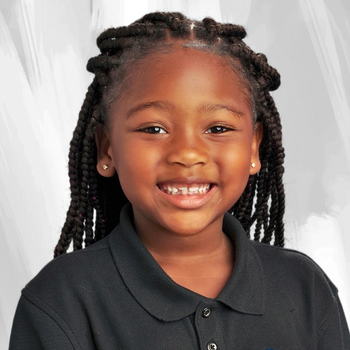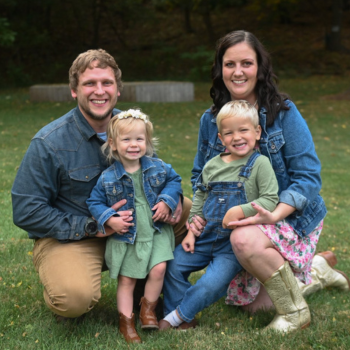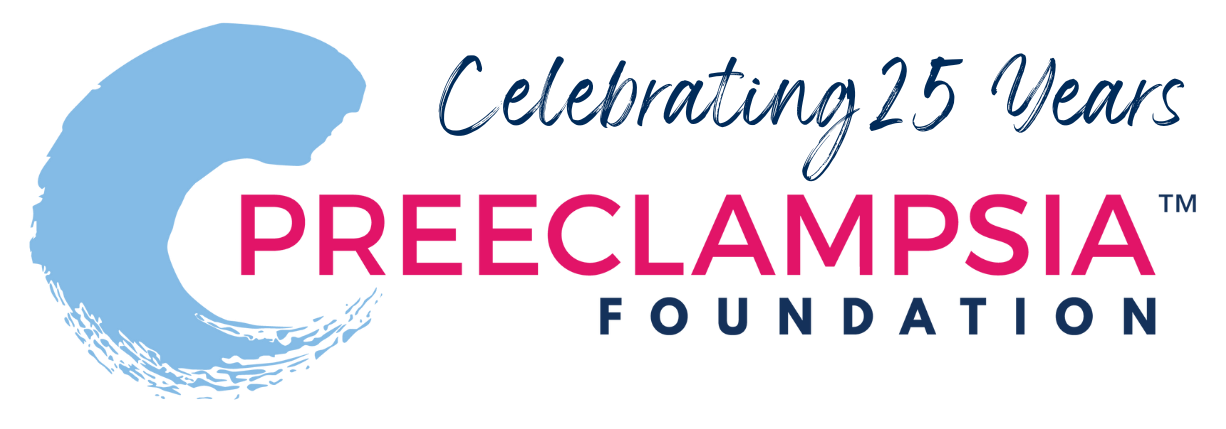1670611817.png)
My Preeclampsia Story: Becoming a Solution, Not a Statistic
December 09, 2022 By Crystal Jackson

I am a survivor and my three children are a testament to the mental and physical fortitude of a woman.
My first of many battles with preeclampsia began when I was a 21 year old nursing student. I found out I was 12 weeks pregnant at the student health center while going to refill my birth control. It became apparent that the Plan B pill failed, and now my college sweetheart and I had to decide the next steps. There were no resources for pregnant students on campus, and the best that the student health center could provide was the phone number to a nearby abortion clinic. I decided to keep my baby, a girl who I would name Kali, and the pregnancy was relatively uneventful until around 33 weeks when my feet and hands began to swell and I started to become more fatigued and anxious. I chalked all of this up to stress over midterm exams and the soon approaching military deployment of my significant other. Little did I know these were the first signs of preeclampsia developing.
At 33+5 weeks gestation I developed a severe headache that blurred my vision and made me extremely nauseous. Being a nursing student and knowing my body, I knew something was seriously wrong so I had my significant other take me to the closest pharmacy so that I could take my blood pressure. I nearly fainted when I saw the first reading of 205/110. There was no way that could be accurate so I took it again. 200/98. “We need to go to the hospital now!”
After arriving in the emergency room, I was immediately sent up to triage on the labor and delivery unit. My blood pressure was worsening. I was spilling proteins in my urine. The baby’s biophysical profile was not the greatest. The team of nurses immediately called my OB/GYN who ordered betamethasone to strengthen my baby’s lungs and multiple doses of labetalol and IV hydralazine. I was admitted and would be staying the night for observation, or so I thought. Little did I know I would be delivering my first child via emergency cesarean section just a few hours after arriving at the hospital. I was woken out of my sleep by my OB/GYN. “You haven’t eaten anything have you?” he asked. “We’re going to have to take the baby out right now.”
Before I could even utter a word, say a prayer, call my parents, or shed a tear I was being wheeled back to the operating room. I was diagnosed with severe preeclampsia that was causing my baby to be in distress and have intrauterine growth restriction. Up until this point, all of the ultrasounds were unremarkable and I was never told there was an issue with her growth. My daughter Kali was born weighing 4 pounds and measuring 16 inches long. Perfect, but small. She spent two weeks in the NICU as a “feeder grower”. While she did phenomenal for a preemie, she had to be followed by cardiology, respiratory, and developmental pediatrics for a year after her birth. Seven years later, she is a thriving first grader, although she does have moderate asthma and uses an inhaler.
I went on to graduate nursing school against all odds and have enjoyed a vibrant career in pediatrics. This experience changed the way I thought about my body and women’s health in general. I could not fathom how quickly things took a turn for the worse and that I could have lost my life or my baby’s, but the fact of the matter is that preeclampsia kills mothers and babies every day and the risk is higher for Black women. Even with all the medical and technological advances in the past two centuries, little is known about preeclampsia and there is a dearth of research on the causes, development, treatment, and ultimately prevention of this life-threatening illness, especially in the most vulnerable population. This realization has motivated me to pursue a masters degree and become a women’s health nurse practitioner so that I can use my own experiences to help other women navigate the healthcare system and find solutions to this crisis.

I am a two-time survivor of postpartum preeclampsia. I am also a Licensed Professional Counselor and specialize in treating trauma in youth during...
ReadMore- Trust Your Gut, Mama: Our Preeclampsia Journey December 08, 2025
- Grief and Gratitude can Coexist November 25, 2025
- Almost Didn’t Make It November 24, 2025
- Callan’s Birth Story November 24, 2025
- Marlene’s Preeclampsia and Hellp Syndrome Story November 24, 2025
- My Nightmare November 24, 2025
- Welcome To the World Little Fighter November 24, 2025
- Listening To My Body Saved My Life November 24, 2025
- Traumatic Birth For My First Boy but A Healthy Baby November 24, 2025
- the World May Not See, but My Daughters Will An Honest Look At the Mess, the Love, and the Unseen Labor Of Motherhood By Kayla Lynn November 24, 2025
